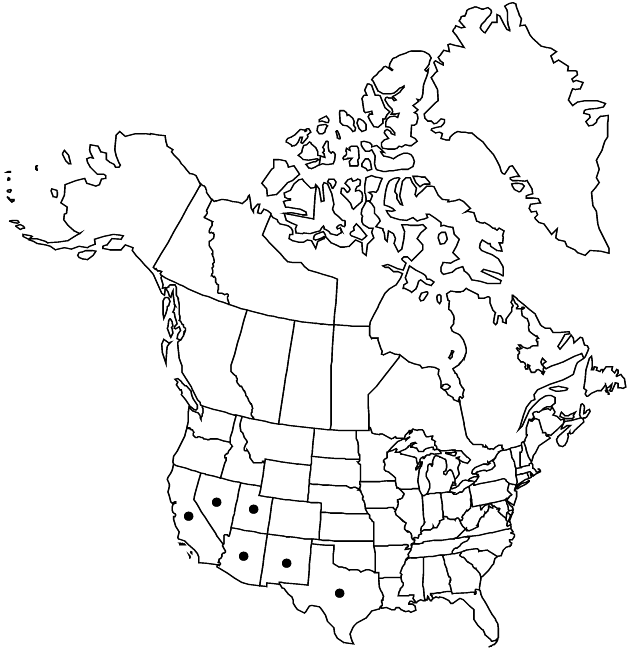Ericameria linearifolia
Brittonia 31: 273. 1979.
Plants 40–150 cm. Stems erect to spreading, green when young, fastigiately branched, glabrous, resinous. Leaves usually ascending or spreading; blades filiform to narrowly oblanceolate (terete or flattened, adaxially sulcate to concave), 12–55 × 0.5–3 mm, midnerves evident, usually not raised, apices acute to acuminate, faces glabrous or sparsely hairy, gland-dotted (in circular, deep pits), resinous; axillary fascicles of 2–15 leaves, shorter than subtending leaves. Heads usually borne singly. Peduncles 20–70 mm (mostly ebracteate). Involucres hemispheric, 8–14 × 8–18 mm. Phyllaries 24–32 in 2–3 series, green to tan, ovate to lanceolate, 4–10 × 0.5–3 mm, subequal, outer sometimes wholly herbaceous, usually mostly chartaceous, sometimes with green, medial stripes, midnerves conspicuous, raised, 1–2 collateral nerves often present, (margins membranous, minutely lacerate to fimbriate) apices acute to acuminate, abaxial faces usually glabrous, sometimes sparsely hairy, often stipitate-glandular, resinous. Ray-florets 3–18; laminae elliptic to lanceolate, 7–15 × 2–5 mm. Disc-florets 16–60; corollas 6–10 mm. Cypselae tan to brown, narrowly oblanceoloid, somewhat flattened, 4–5 mm (2-ribbed), sericeous to villous; pappi silvery, 5.8–7 mm. 2n = 18.
Phenology: Flowering spring–early summer.
Habitat: Rocky or sandy soils of mountainsides, dry creek beds, deserts, mesas, and interior plains
Elevation: 70–2000 m
Distribution

Ariz., Calif., Nev., N.Mex., Tex., Utah.
Discussion
Selected References
None.
Lower Taxa
"fine" is not a number.